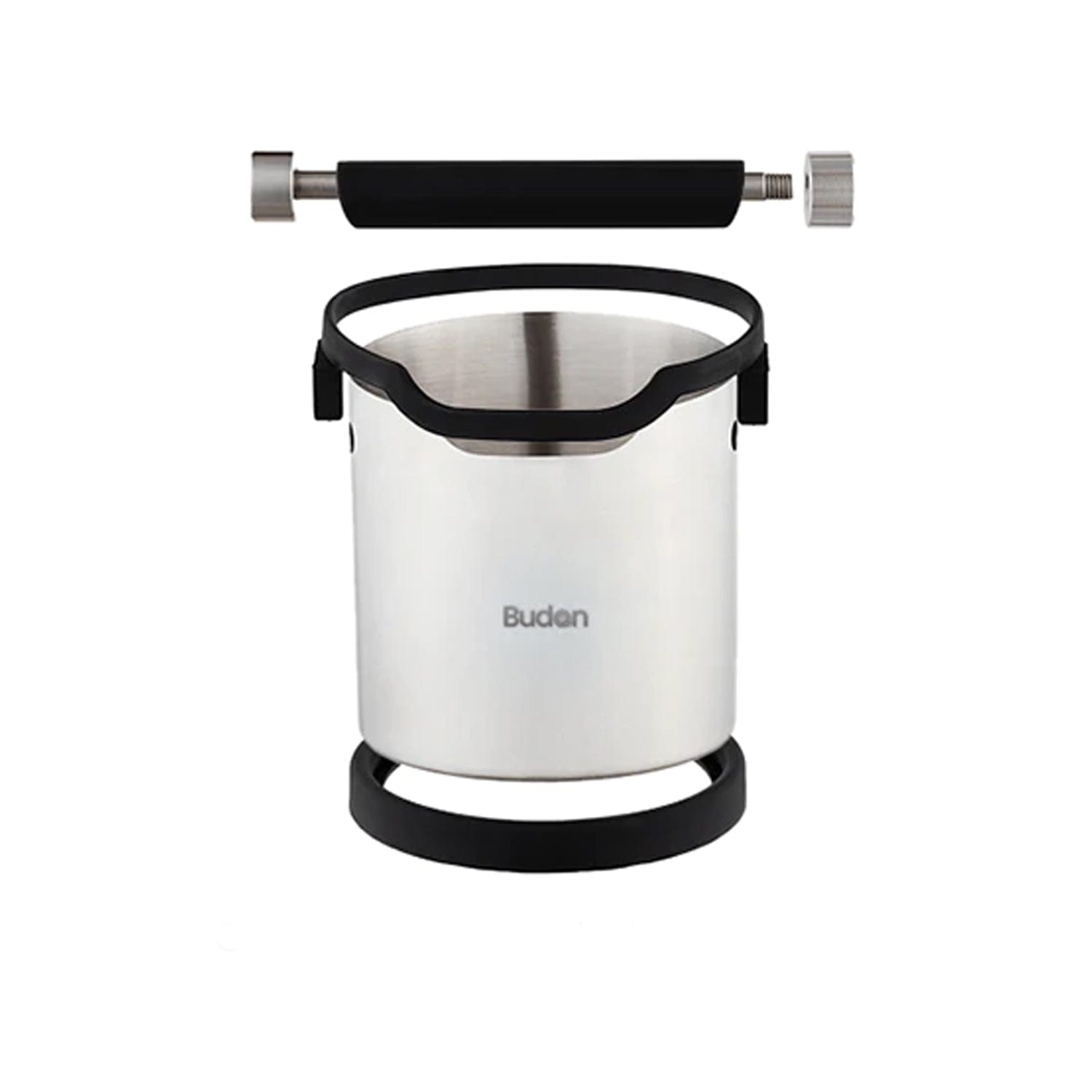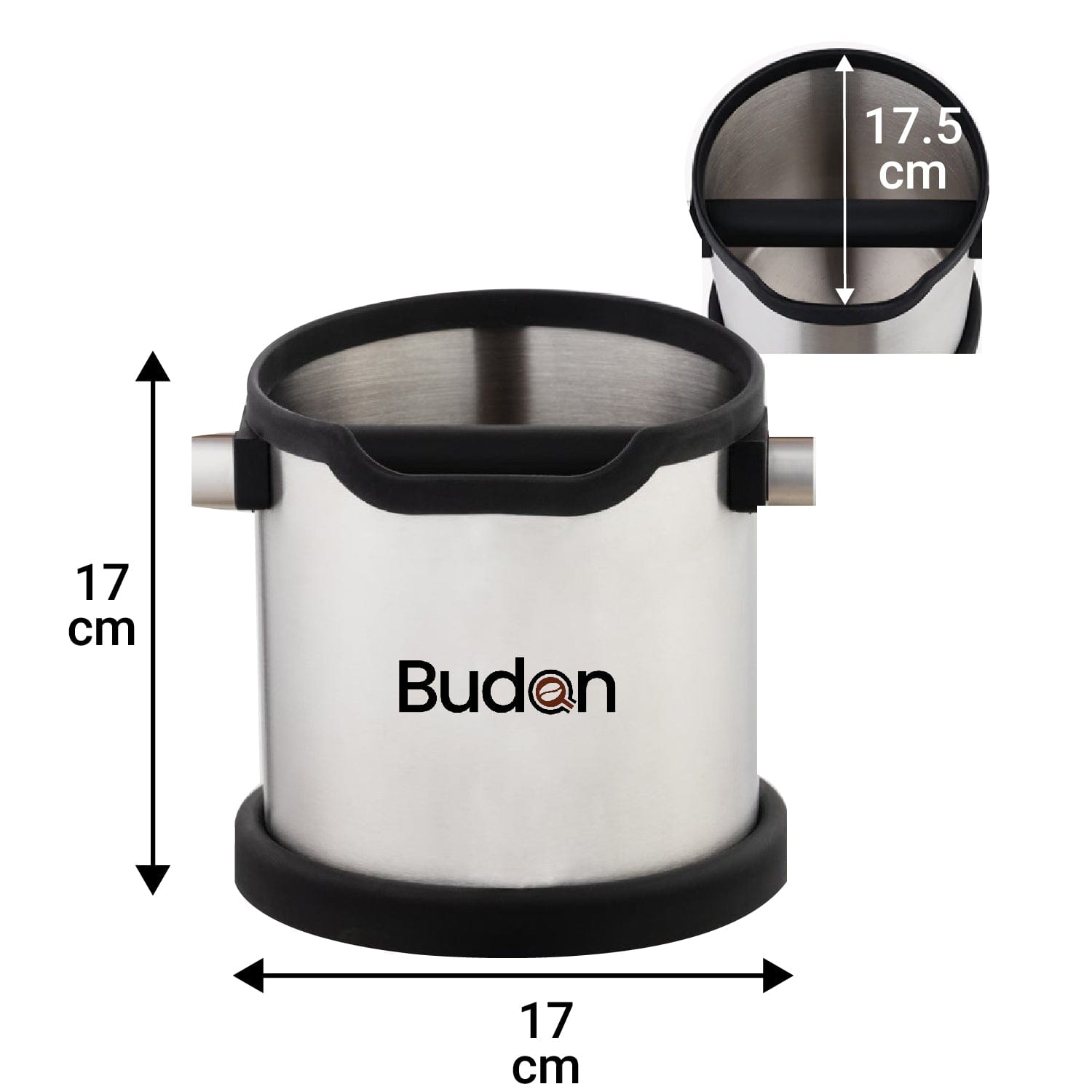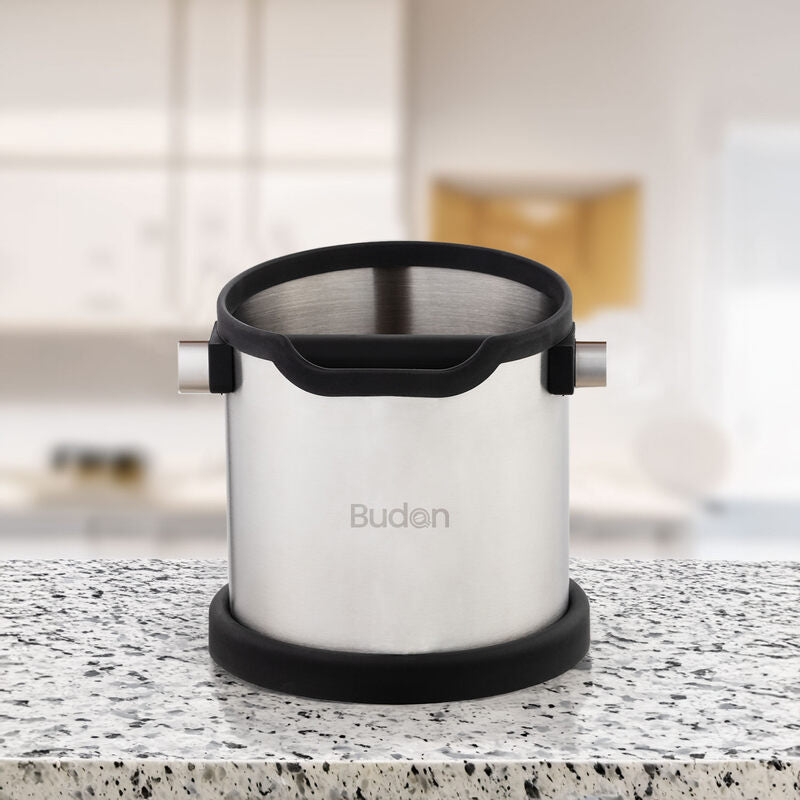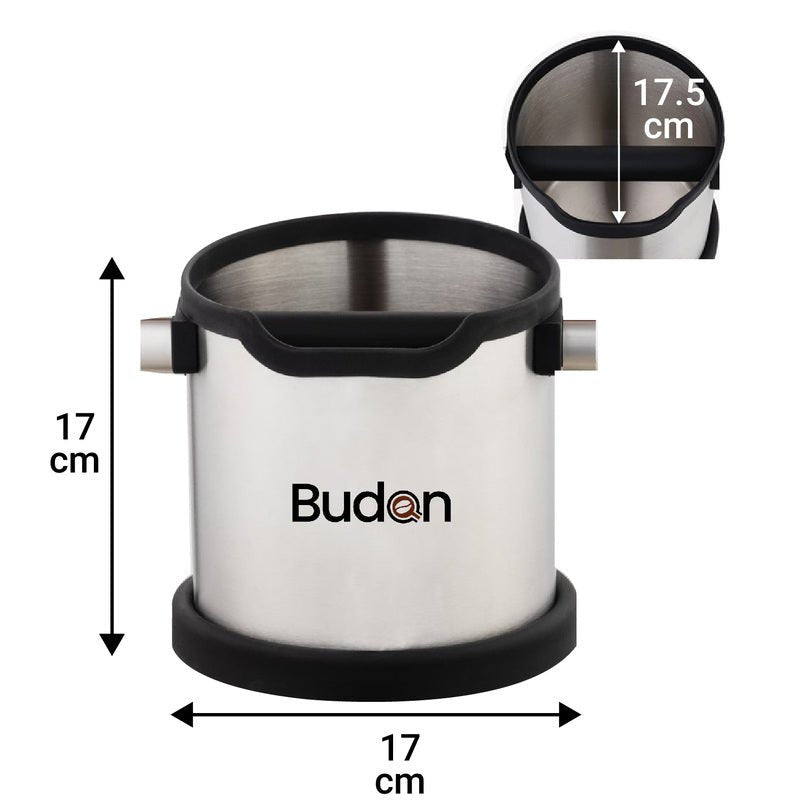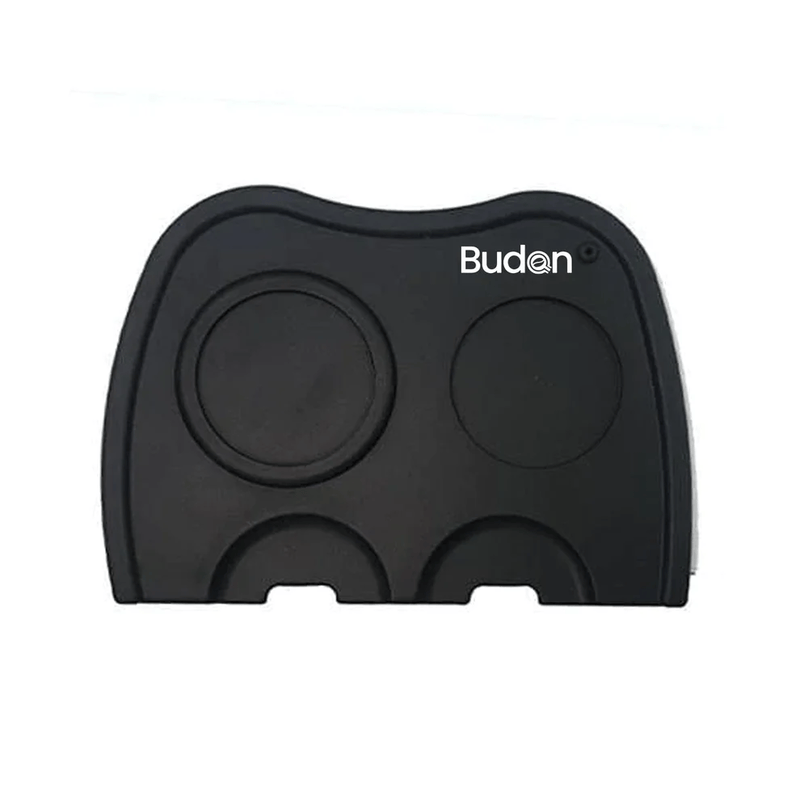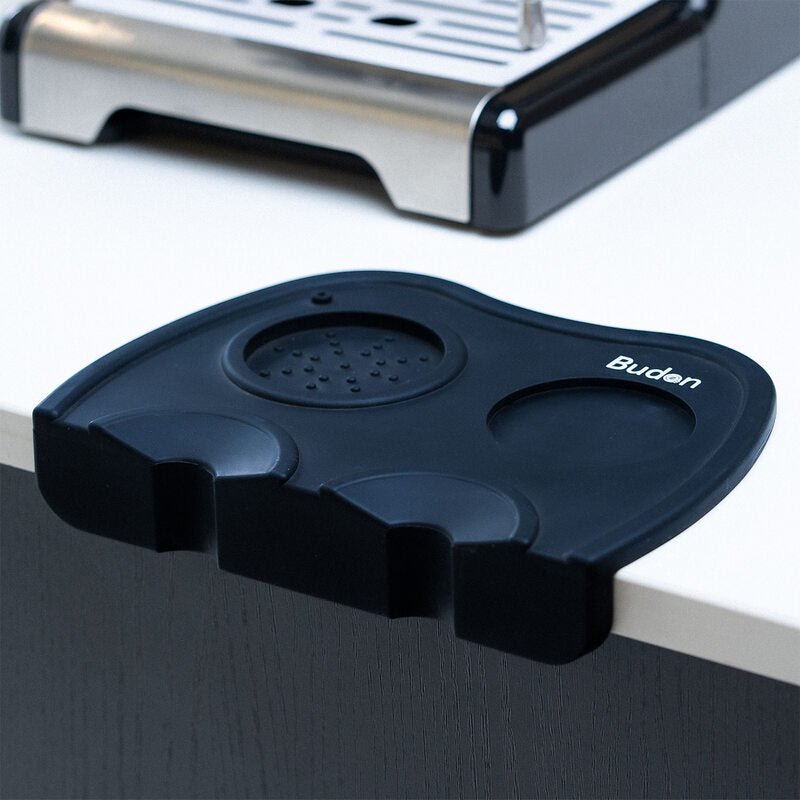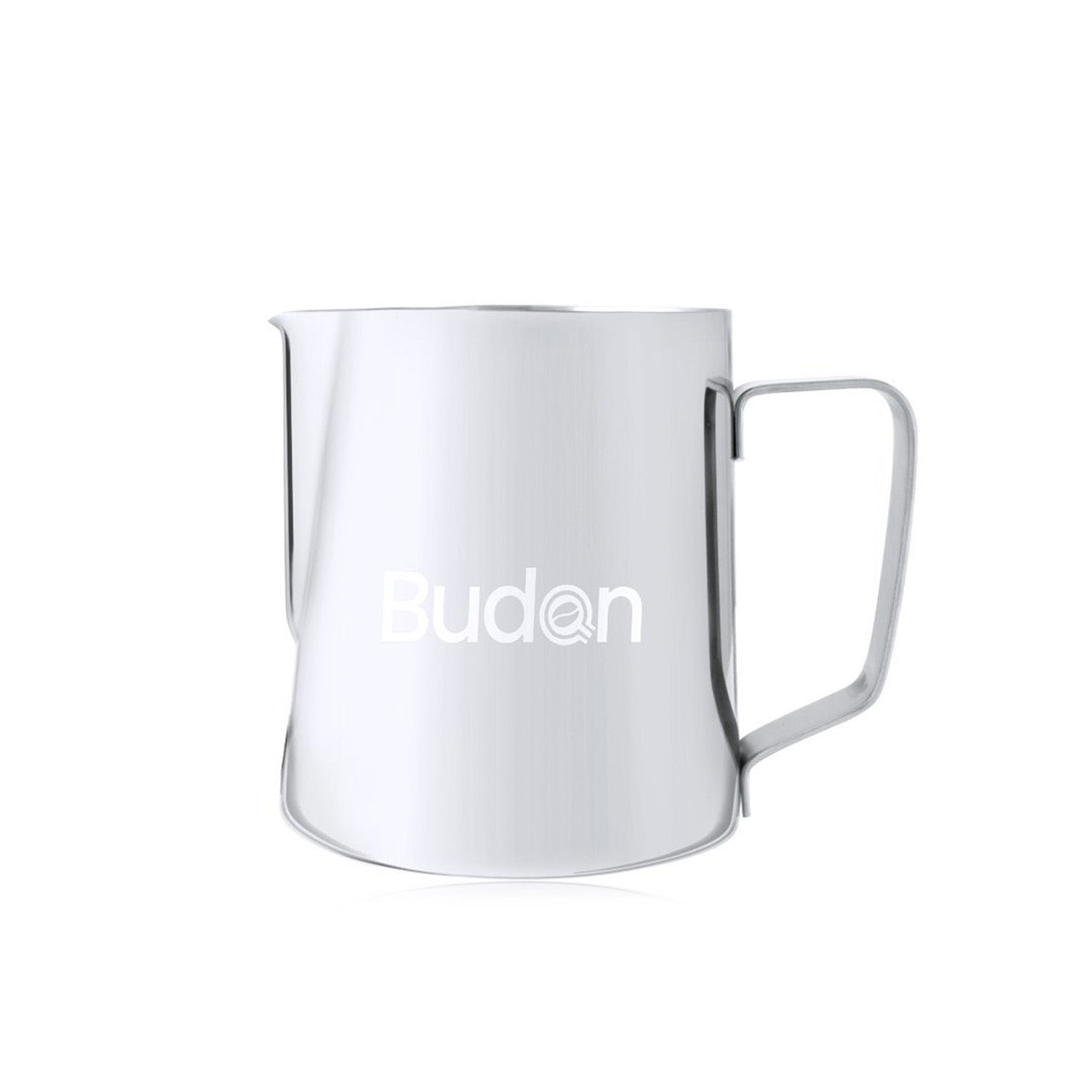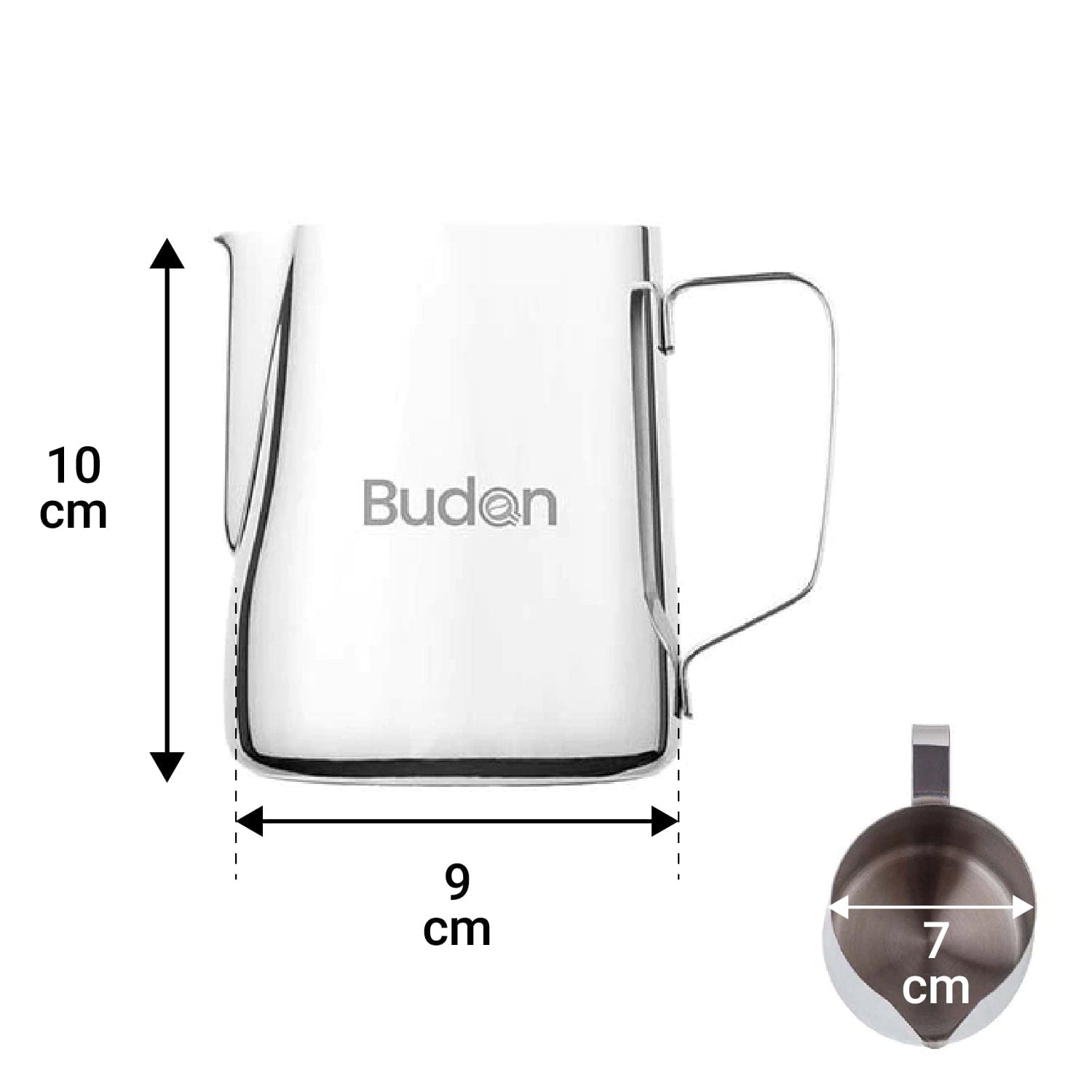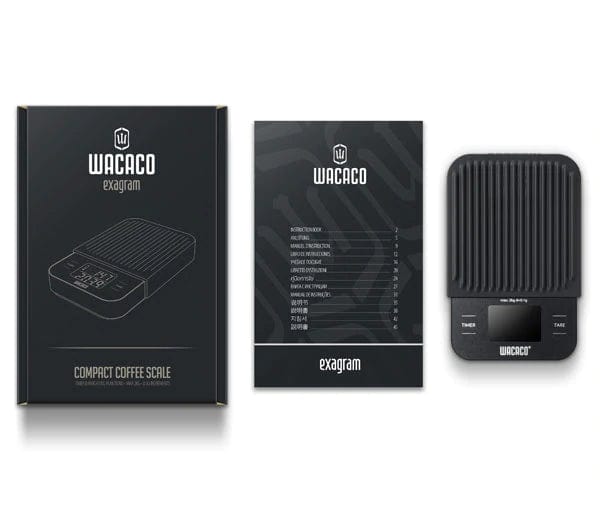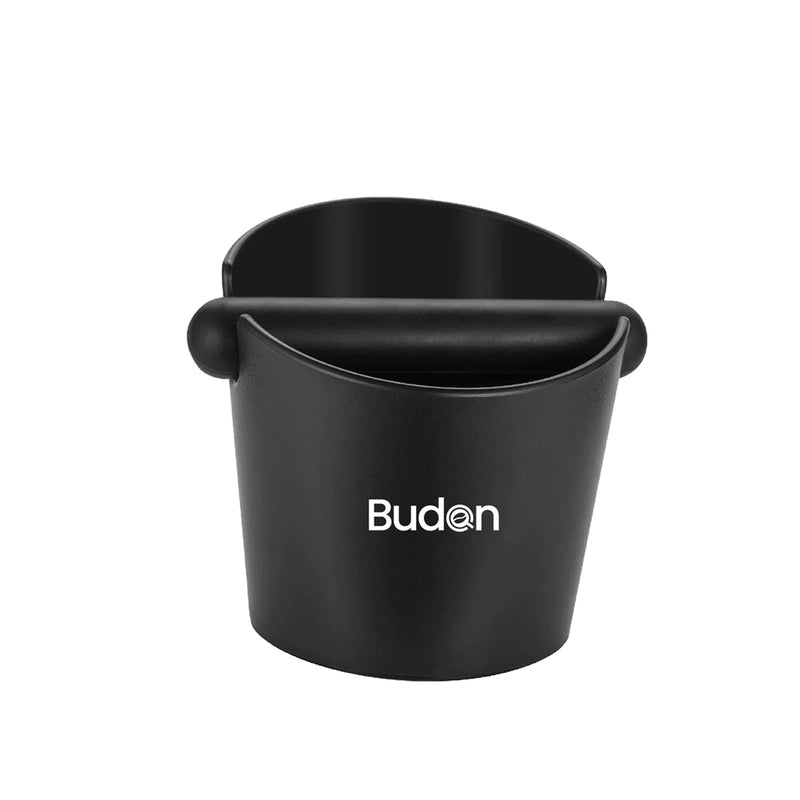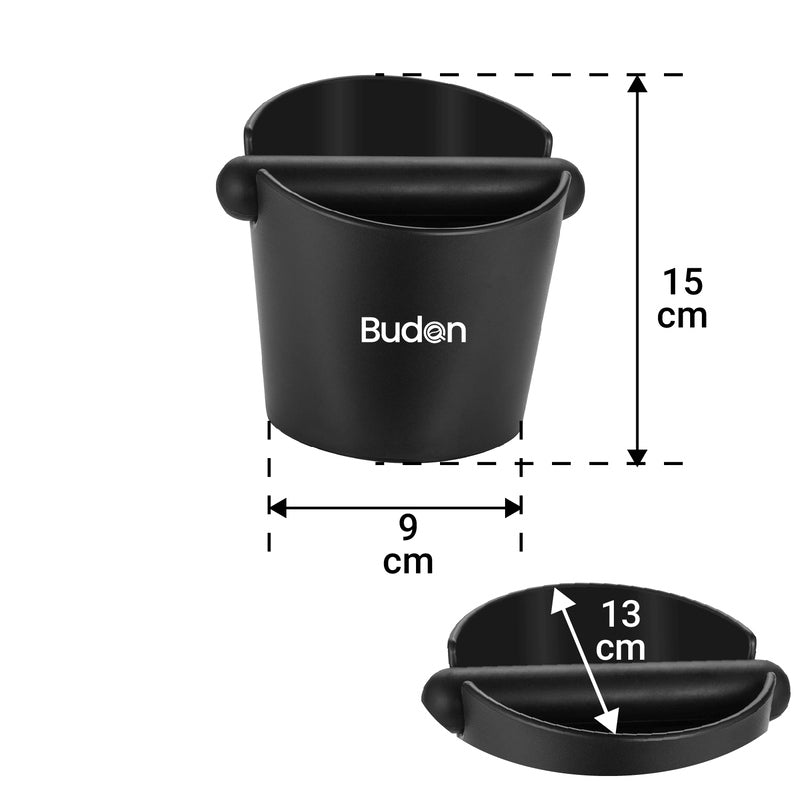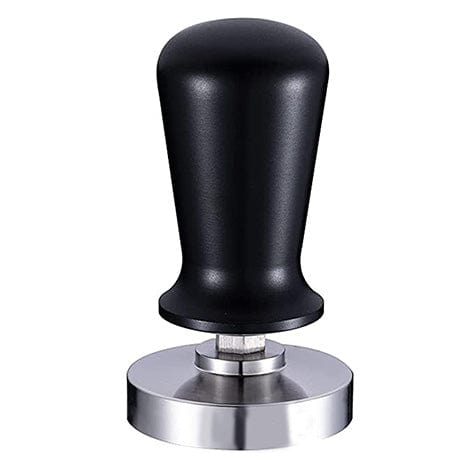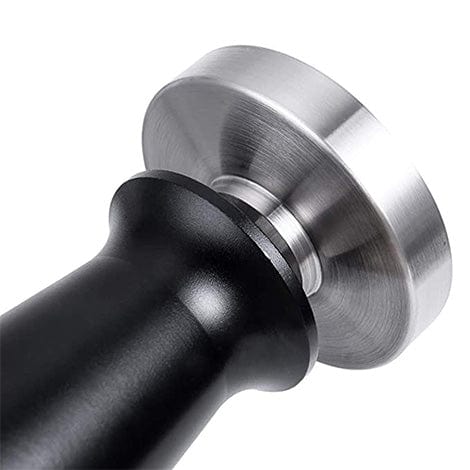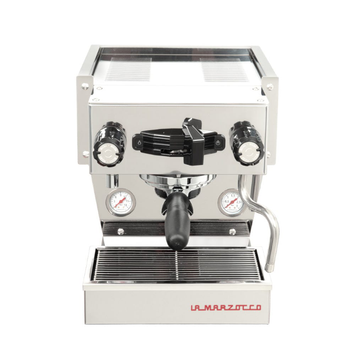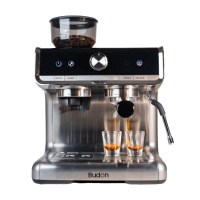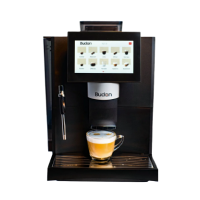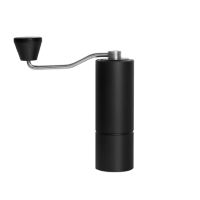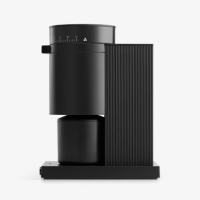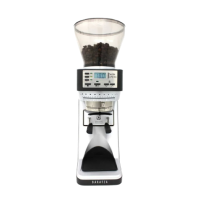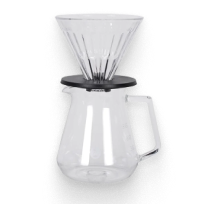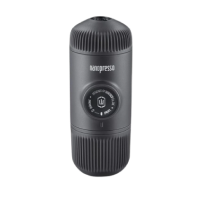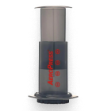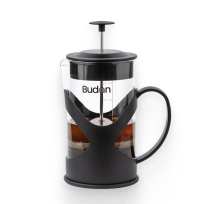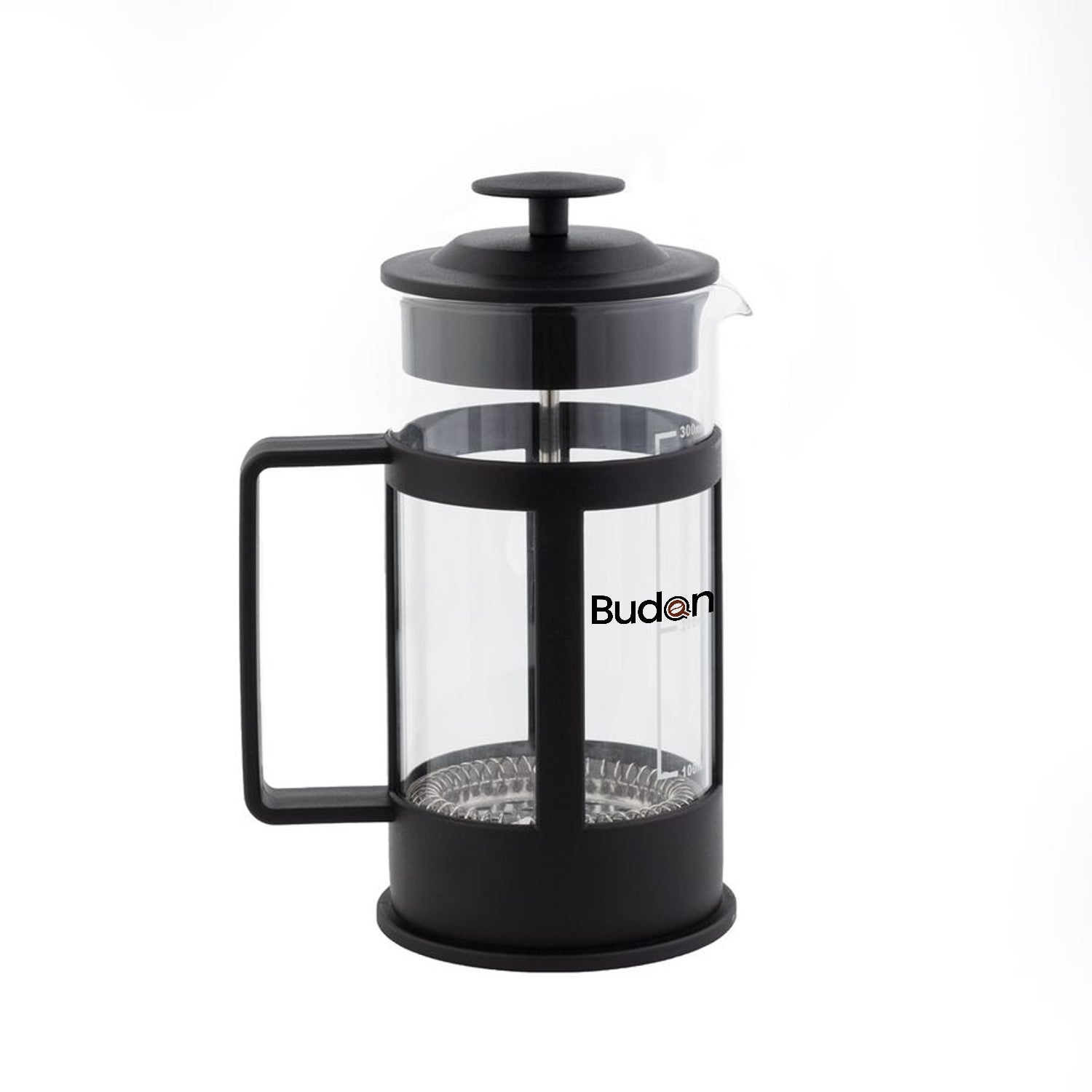Everything You Need to Know About Coffee Equipments for the Perfect Brew
Coffee is more than just a beverage—it’s a ritual, an experience, and for many, a way of life. Whether you’re just beginning your coffee journey or you're a seasoned aficionado, investing in the right coffee equipments is essential to crafting your perfect cup .
What Are Coffee Equipments?
Coffee equipments refer to all the essential tools and machines used to brew, grind, measure, and serve coffee. Whether you're making a quick espresso, slow-brewed pour-over, or creamy cappuccino, having the right coffee equipments enhances the quality, consistency, and enjoyment of every cup. This also applies to coffee shop equipment that professionals use to ensure top-quality service.
The five major categories of coffee equipments include:
- Coffee machines
- Coffee grinders
- Manual brewing devices
- Barista tools
- Maintenance and cleaning gear
These categories cover the full spectrum of coffee shop equipment, ensuring every need from home brewing to commercial service is fulfilled.
Types of Coffee Equipment Every Home Brewer Should Own
Setting up your coffee corner begins with understanding the core coffee equipment essentials. For home brewers, the right coffee equipments can make all the difference in flavor, consistency, and convenience. Here’s a breakdown of what you need—and why. Whether for home or café, choosing the right coffee shop equipment is crucial.
Coffee Machines
Choose from espresso machines for strong, concentrated shots, drip machines for easy multi-cup brewing, and pod machines for quick convenience. Each type suits a different routine. High-quality coffee equipments like these are the backbone of any coffee lover’s setup or café’s coffee shop equipment list.
Coffee Grinders
A burr grinder ensures uniform grind size and better flavor control, while blade grinders are inexpensive and good for beginners. The grinder is arguably more important than the machine when it comes to taste quality. Investing in precise coffee equipments here improves every cup. Commercial settings rely on premium coffee shop equipment grinders to deliver consistency.
Manual Brewing Gear
Explore pour-over (V60, Chemex) for clarity and flavor, AeroPress for portability and versatility, or French press for a full-bodied brew. Each method lets you experiment with variables like pour rate, water temp, and brew time. These manual coffee equipments complement your coffee shop equipment array for authentic flavors.
Accessories
You’ll also need:
- Scales for measuring beans and water
- Gooseneck kettles for precision pouring
- Tampers for espresso
- Filters (paper, metal, or cloth) based on brew method
These accessories round out your coffee equipments collection and are often vital parts of professional coffee shop equipment kits.
How to Set Up the Ultimate Home Coffee Bar
Creating a home coffee bar is about blending function with design. With the right coffee equipments and layout, your kitchen becomes a personal café. Consider that many of the tools you select mirror coffee shop equipment used by professionals.
Layout Planning
Choose a dedicated space with power access, good ventilation, and easy-to-clean surfaces. Corner counters or movable trolleys work well in small kitchens.
Organizing Gear
- Use drawer inserts for small barista tools
- Place your coffee machines on a sturdy, heat-resistant surface
- Store coffee grinders away from moisture
- Add stands or knock boxes to streamline workflow
These setup tips optimize your coffee equipments and create an efficient station similar to top-tier coffee shop equipment setups.
Machine + Grinder Pairing
- For espresso: pair a semi-automatic machine with a burr grinder
- For manual brewing: combine a hand grinder with pour-over kits or French press
- For versatility: use a multi-function brewer with a mid-range electric grinder
Perfect pairing ensures your coffee equipments work in harmony, just like in professional coffee shop equipment arrangements.
Aesthetics
Choose materials that reflect your style:
- Stainless steel for a modern look
- Matte black for minimalism
- Wooden accents for warmth
A beautiful coffee bar with the right coffee equipments can rival any commercial coffee shop equipment setup.
Daily Essentials Checklist
- Machine and grinder cleaned and ready
- Beans in an airtight container
- Filter supply stocked
- Water filtered and filled
- Clean cloths, tampers, and mugs nearby
Maintaining this list ensures your coffee equipments perform optimally daily, much like professional coffee shop equipment maintenance.
Coffee Equipment Maintenance: Extend the Life of Your Investment
Maintaining your coffee equipments is crucial to preserving taste quality and ensuring longevity. Neglect leads to bad coffee, breakdowns, and higher costs.
Coffee Machines
- Clean group heads daily
- Backflush espresso machines weekly
- Descale every 4–6 weeks using dedicated solutions
Coffee Grinders
- Brush burrs after every use
- Deep clean weekly to remove coffee oil buildup
- Avoid grinding oily beans that can gum up the mechanism
Manual Brewing Devices
- Chemex, V60, and French press need immediate rinsing post-use
- Avoid dishwashers for sensitive gear like glass or ceramic
- Clean filters and check for wear regularly
Replaceable Parts
- Gaskets, screens, and o-rings wear out and affect performance
- Filters and water tanks should be replaced annually or as needed
Must-Have Maintenance Tools
- Group head brushes
- Microfiber cloths
- Descaling tablets
- Grinder cleaning pellets
- Cleaning syringes for milk systems
Proper upkeep of coffee equipments extends their lifespan and keeps your coffee shop equipment functioning at peak levels.
Manual Brewing vs. Machine Brewing: Which Coffee Equipment Suits You Best?
The choice between manual brewing and machine brewing depends on lifestyle, preferences, and how much time you want to dedicate to the craft.
Benefits of Manual Brewing
- Full control over every variable
- Richer engagement with the brewing process
- Portable and easy to maintain
- Ideal for those who enjoy ritual and experimentation
Benefits of Coffee Machines
- Speed and convenience
- Consistent results with minimal effort
- Ideal for busy mornings or office setups
- Available with smart features like programmable timers
Budget Comparison
Manual setups are cheaper upfront but require skill. Machines are costlier but reduce effort. Long-term, machine maintenance may cost more, while manual brewing has fewer components to replace.
Grinder Pairing
Manual brewing works well with hand grinders
Espresso machines require precision burr grinders
Shared Barista Tools
Regardless of method, essentials include:
- Scales
- Thermometers
- Stirring paddles
- Timers
Why Brand Matters
- Better build quality
- Consistent support and parts availability
- Resale value and long-term reliability
- Designed for coffee excellence, not just functionality
Top-tier coffee equipments and coffee shop equipment come from brands dedicated to quality and service.
The Science Behind Coffee Equipment: Why the Right Tools Matter
Coffee is chemistry. Your coffee equipments directly affect extraction, taste, and consistency. Even small differences in gear can yield dramatically different results.
Grind Size Matters
A uniform grind ensures even extraction. Burr grinders produce consistent particle sizes, while blade grinders lead to uneven brews and over- or under-extraction.
Water Temperature and Pressure
Espresso machines should brew at 90–96°C with 9 bars of pressure. Anything lower yields sour shots; higher causes bitterness.
Importance of Scales
Brewing by weight (not volume) ensures ratio accuracy. This improves consistency, especially in pour-over and AeroPress methods.
Precision Tools for Professionals
- Distribution tools for espresso puck leveling
- Timed dosing grinders
- Dual boilers for simultaneous milk steaming and brewing
Problems from Poor Equipment
- Weak or bitter coffee
- Inconsistent flavor
- Machine failure due to build-up or faulty design
Commercial Coffee Equipment vs. Home Equipment: What's the Difference?
Deciding between home and commercial coffee equipments depends on volume, quality expectations, and budget.
Espresso Machines
Commercial machines have:
- Dual or triple boilers for high output
- Advanced PID temperature control
- Larger group heads and portafilters
- Continuous water lines
Home machines are compact, simpler, and built for fewer brews per day.
Coffee Grinders
Commercial grinders offer:
- High-capacity hoppers
- Flat or conical burrs with large diameters
- Quiet motors and faster grinding speeds
Home grinders are quieter and more affordable but slower and smaller.
Barista Tools
Pros use:
- Automated tampers
- Milk steaming thermometers
- Knock boxes for quick disposal
Somethings Brewing supports both serious home brewers and emerging cafés with flexible gear options.
How to Upgrade Your Coffee Equipment in Phases
Upgrading your setup doesn’t need to be overwhelming. With a phased approach, you can build a high-performance system over time.
Phase 1: Start Simple
Begin with manual brewing gear like a V60, French press, or AeroPress. Add a reliable hand grinder and a gooseneck kettle.
Phase 2: Invest in a Burr Grinder
This upgrade will instantly improve flavor by controlling grind size. Prioritize a conical burr model with adjustable settings.
Phase 3: Add Precision Accessories
Introduce scales, digital timers, and proper storage containers. These barista tools improve consistency.
Phase 4: Move to an Espresso Machine
Once you’re confident, add an entry-level espresso machine with a matching grinder. Choose one with a steam wand for milk-based drinks.
Phase 5: Professional Barista Tools
Add tampers, distributors, milk pitchers, and maintenance kits. Your setup now mirrors a commercial workflow.
Steps to Master Latte Art with Basic Coffee Equipment
- Pull a Perfect Espresso Shot: Use your espresso machine to get a rich crema foundation.
- Steam the Milk: Use the steam wand to create velvety microfoam—smooth, glossy, and free of large bubbles.
- Pour Steadily: Start pouring milk slowly into the espresso, then increase speed as you form the design.
- Create Patterns: Simple shapes like hearts, rosettas, and tulips are perfect for beginners.
Tips for Success
- Use cold, fresh milk for better frothing.
- Clean your steam wand after each use to avoid residue buildup.
- Practice the pouring technique regularly with your coffee equipment.
Even if your coffee shop equipment is basic, mastering latte art is about skill, control, and patience.
Common Problems ,Their Fixes of Coffee Equipments
- Machine Won’t Turn On: Check power supply and cables; reset circuit breakers.
- Weak Coffee: Adjust grind size, check coffee dose, and ensure correct water temperature.
- Water Leakage: Inspect seals, gaskets, and water tanks for cracks or misalignment.
- No Steam or Weak Froth: Clean steam wand, check boiler pressure, and descale regularly.
- Coffee Tastes Bitter or Sour: Calibrate grind size and water temperature for balanced extraction.
Preventative Measures
- Regularly clean and descale your coffee equipment.
- Replace worn parts timely to avoid breakdowns.
- Follow manufacturer guidelines for maintenance.
Being proactive about troubleshooting extends the lifespan of your coffee equipment and keeps your coffee shop equipment ready for smooth operation.
Choosing Sustainable Coffee Equipment for Eco-Friendly Brewing
Sustainability is increasingly important in coffee culture. Choosing eco-friendly coffee equipment reduces environmental impact and promotes responsible coffee consumption, especially in professional coffee shop equipment setups.
Features of Sustainable Coffee Equipment
- Energy Efficiency: Look for machines with low power consumption and auto shut-off features.
- Reusable Filters: Use metal or cloth filters instead of disposable paper ones to reduce waste.
- Biodegradable or Recyclable Materials: Opt for equipment made from sustainable or recycled materials.
- Water Efficiency: Machines that minimize water waste help conserve resources.
Benefits of Sustainable Coffee Equipment
- Lower carbon footprint for both home and commercial coffee shop equipment.
- Reduced operational costs due to energy and water savings.
- Aligns with growing consumer demand for eco-conscious coffee experiences.
Switching to sustainable coffee equipment is a smart choice for environmentally aware consumers and businesses alike.
How Coffee Equipment Impacts Coffee Flavor Profiles
The quality and type of coffee equipment play a pivotal role in shaping the final flavor profile of your coffee. Every piece—from grinder to brewer—affects taste, aroma, and mouthfeel.
Grinding Consistency and Flavor
A quality burr grinder within your coffee equipment ensures uniform particle size, leading to balanced extraction. Uneven grind sizes from poor grinders cause over or under-extraction, resulting in bitter or weak coffee.
Brewing Temperature and Pressure
Espresso machines in your coffee equipment need precise temperature and pressure control (90-96°C and 9 bars) to extract desirable flavors and oils. Inconsistent brewing conditions negatively affect flavor profiles.
Brewing Method and Equipment Material
Materials like stainless steel or glass in coffee equipment influence heat retention and flavor clarity. Manual brewing devices like pour-over cones offer distinct flavor profiles compared to automatic coffee shop equipment brewers.
Equipment Cleanliness
Residual oils and buildup in coffee equipment can impart stale or rancid flavors. Regular maintenance keeps flavors pure and consistent.
Your coffee equipment choices directly shape the sensory experience of every cup.
Differences Between Commercial Coffee Equipment Home Coffee Equipment
Understanding the distinction between commercial coffee shop equipment and home coffee equipment helps you choose the right gear based on needs, volume, and quality expectations.
Commercial Coffee Equipment
- Designed for high volume and durability
- Larger boilers and water tanks
- Advanced temperature and pressure control
- Faster brewing speeds
- Often equipped with automation features
Commercial coffee shop equipment withstands heavy daily use, essential for cafés and offices.
Home Coffee Equipment
- Compact and space-saving
- Simpler operation and maintenance
- Focus on versatility and aesthetics
- Typically smaller water reservoirs and boilers
- Lower price point but limited output
Home coffee equipment suits casual drinkers and small-scale enthusiasts.
Understanding these differences ensures you invest in coffee equipment suited to your setting.
Essential Cold Brew Coffee Equipment
- Coarse Burr Grinder: For consistent coarse grind size, essential in cold brew.
- Cold Brew Coffee Makers: Specially designed steeping devices or large jars with filtration.
- Filters: Mesh or paper filters to separate grounds and clarify the brew.
- Large Capacity Pitchers: To brew and store cold brew coffee conveniently.
Commercial coffee shop equipment includes industrial cold brew systems for bulk preparation.
Benefits of Specialized Equipment
Proper cold brew coffee equipment ensures balanced extraction, less bitterness, and smoother flavor. Investing in the right tools guarantees the best cold brew experience.
The Benefits of Using Precision Coffee Equipment
Precision coffee equipment offers unparalleled control over brewing parameters, translating to consistently excellent coffee.
Why Precision Matters
- Consistent grind size with high-quality grinders
- Accurate temperature control in espresso machines
- Precise water-to-coffee ratios with scales and timers
- Uniform pressure application during espresso extraction
Precision coffee equipment allows baristas and home brewers to reproduce flavors reliably, enhancing the coffee experience.
Long-Term Advantages
- Better flavor quality and consistency
- Reduced waste and improved efficiency
- Enhanced skills development for baristas
Investing in precision coffee equipment is key for serious coffee lovers and professional coffee shop equipment users.
Best Maintenance Practices for Coffee Shop Equipment
Maintaining coffee shop equipment properly is vital for operational efficiency, coffee quality, and safety.
Daily Maintenance
- Clean all contact surfaces and milk frothing equipment
- Empty drip trays and coffee grounds bins
- Run cleaning cycles on espresso machines
Weekly Maintenance
- Deep clean group heads and grinders
- Soak removable parts in cleaning solutions
- Check water filter status
Monthly Maintenance
- Descale machines to remove mineral buildup
- Inspect hoses, seals, and gaskets for wear
- Calibrate grinder settings
Proper maintenance ensures your coffee shop equipment runs smoothly and produces high-quality coffee consistently.
Final Thoughts: Invest in the Right Coffee Equipments Today
Your coffee is only as good as the coffee equipments you use. From precision coffee grinders to state-of-the-art coffee machines, every tool has a role to play in the brewing process. As the coffee culture continues to grow in India, more people are discovering the joy of home brewing with quality manual brewing methods and essential barista tools.
We’re more than just a supplier of coffee equipments—we’re a brewing community. With expertly curated gear, brewing guides, and hands-on support, we help you create coffee that inspires.
Explore our full range of coffee equipments and coffee shop equipment today and experience the satisfaction of brewing café-quality coffee at home.



















